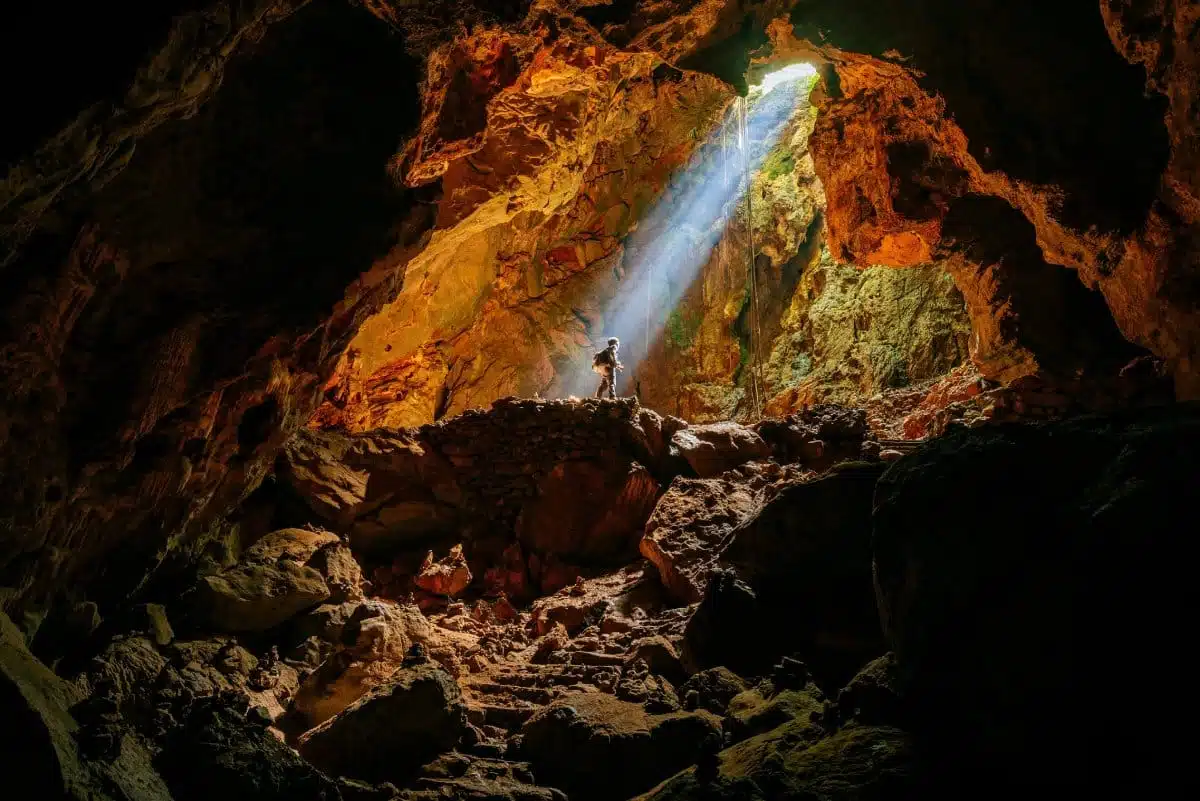Exploring the depths of the Earth and the deepest caves presents an unparalleled adventure for the intrepid explorer. This guide offers an insider’s perspective on navigating these subterranean marvels, providing a detailed overview of each destination, practical tips from seasoned spelunkers, optimal travel times, and essential travel logistics. From the vast networks of limestone passageways to the profound silence of ancient ice caves, each section of this guide is designed to equip you with the knowledge to safely and respectfully explore these natural wonders.
1. Krubera Cave, Abkhazia, Georgia
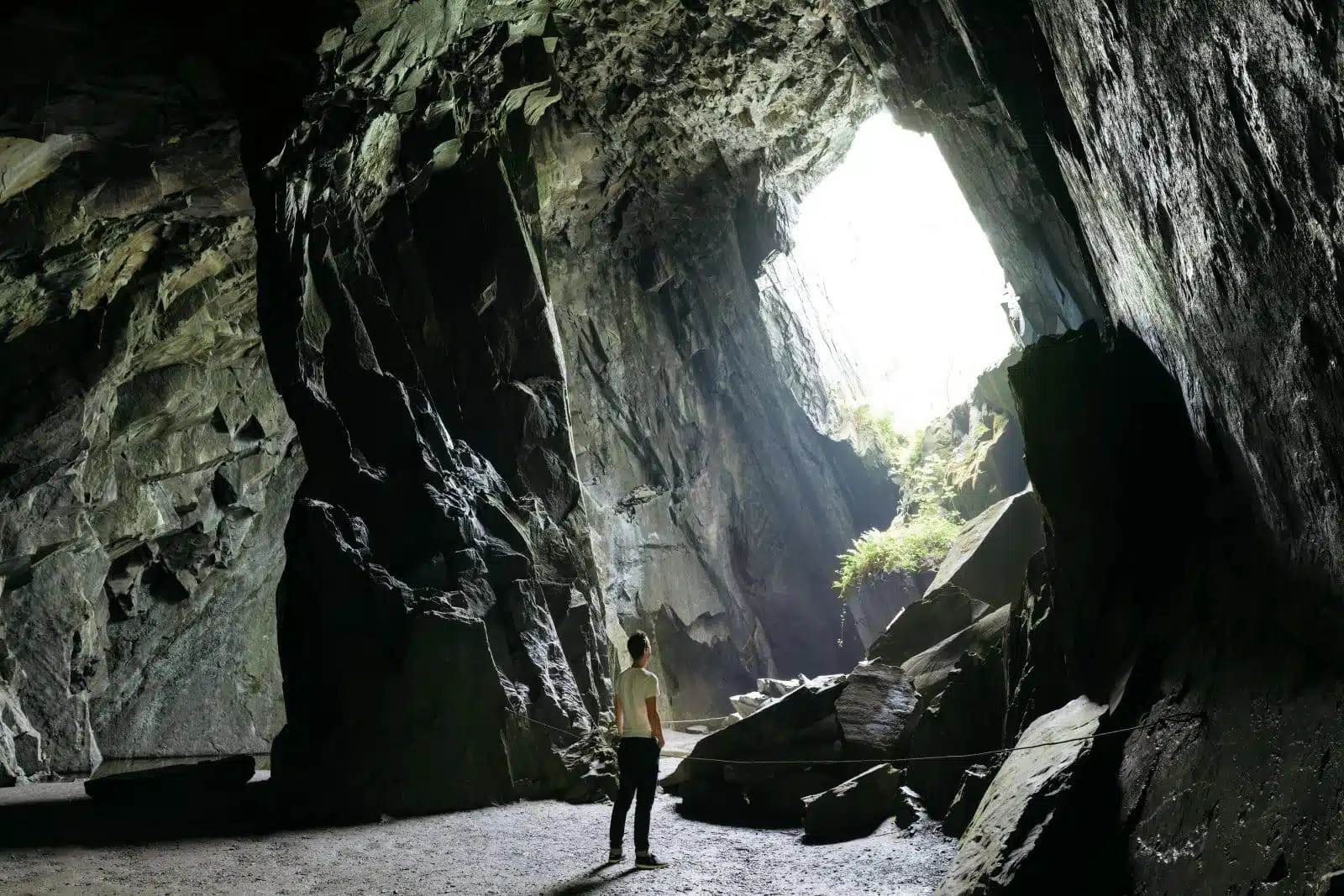
Image Credit: Pexels / Simon Migaj
Krubera Cave, also known as Voronya Cave, holds the world’s deepest cave title, plunging to depths of over 2,197 meters. Located in the Arabika Massif of the Western Caucasus, in the disputed territory of Abkhazia, this cave represents the pinnacle of subterranean exploration. The journey to reach the bottom of Krubera Cave is a formidable undertaking, involving navigating through tight passages, vertical shafts, and underwater sumps. The cave’s environment is as challenging as it is fascinating, with temperatures hovering around 1°C, high humidity, and complete darkness. Despite these conditions, Krubera Cave attracts the most daring of cavers, drawn by the thrill of reaching the deepest known point on Earth’s surface. The cave’s ecological significance is notable, with the discovery of unique life forms that have adapted to the extreme conditions. Exploring Krubera Cave is a physical challenge and a scientific endeavor, contributing valuable data to the fields of speleology, geology, and biology.
Insider’s Tip: Due to the cave’s location in a politically sensitive area, ensure you have the necessary permits and are accompanied by a guide with experience in navigating the region’s complexities.
When to Travel: The optimal time for expeditions is during the summer months, from June to September, when weather conditions are most stable, and the risk of sudden floods is minimized.
How to Get There: Travelers typically fly into Sochi, Russia, and then journey to Abkhazia. From there, reaching the Arabika Massif requires a combination of driving and hiking, with the final approach to Krubera Cave on foot.
2. Hang Son Doong, Vietnam
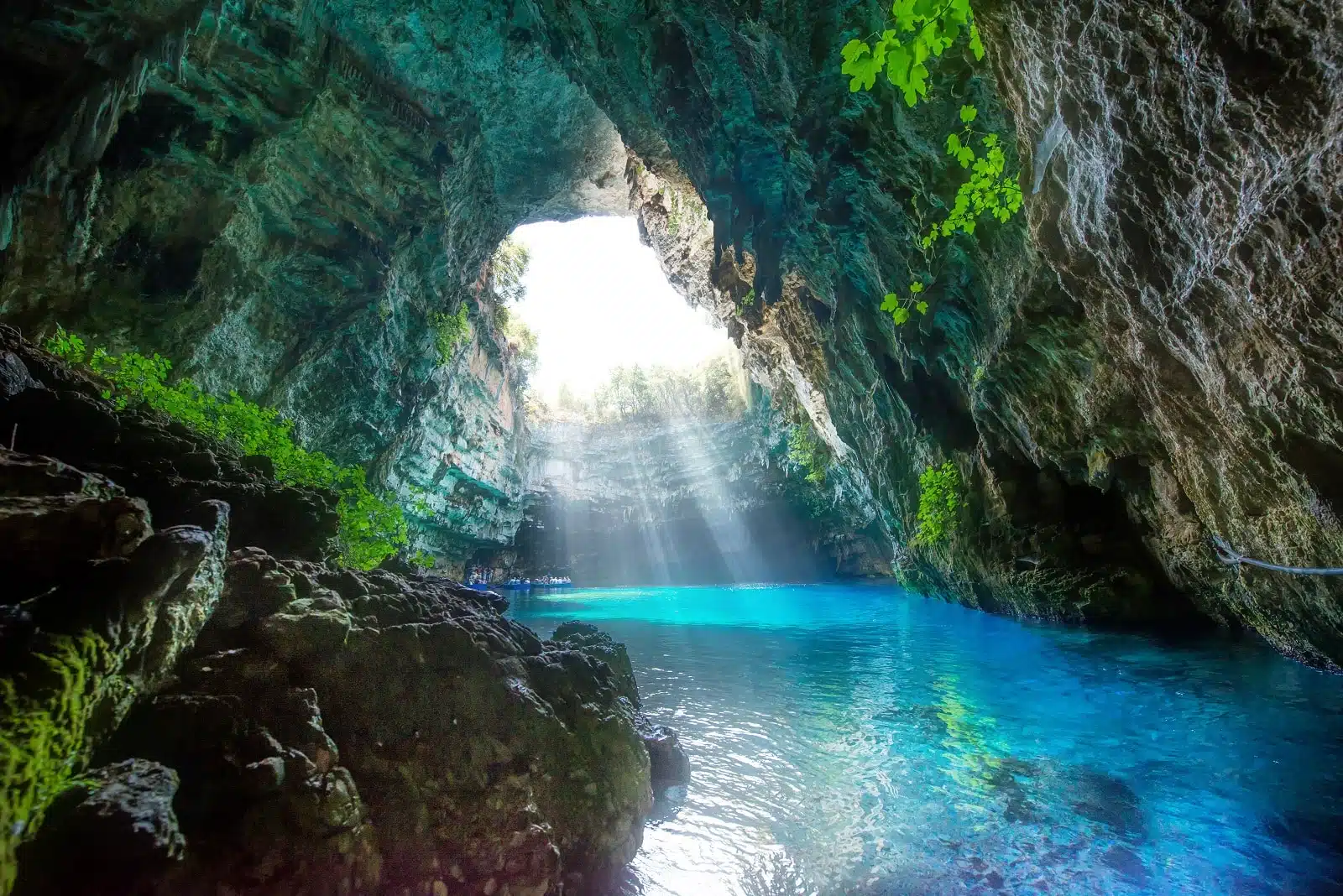
Image Credit: Shutterstock / Piotr Krzeslak
Hang Son Doong in Vietnam, part of the Phong Nha-Ke Bang National Park, holds the title of the world’s largest cave by volume. Discovered in 2009, its enormity is staggering, with sections reaching up to 200 meters in height and 150 meters in width. The cave is a relatively recent discovery that has quickly captured the imagination of explorers and scientists worldwide. Within its vast chambers, Hang Son Doong hosts its own microclimate, complete with cloud formations and an underground river, highlighting the cave’s unique ecosystem. The cave’s landscape is a dramatic display of nature’s artistry, featuring colossal stalagmites, terraced limestone pools, and dense jungles in its dolines, where the cave ceiling has collapsed, allowing sunlight to enter and life to flourish. The exploration of Hang Son Doong is an expedition through time, offering insights into geological processes and the evolution of Earth’s landscapes. Due to its delicate ecosystem and challenging terrain, access to Hang Son Doong is highly regulated, ensuring its preservation for future generations.
Insider’s Tip: Exploring Hang Son Doong requires a permit and the accompaniment of a licensed tour operator. Book well in advance, as the limited number of expeditions allowed each year fills up quickly. Prepare for a physically demanding journey, including trekking, climbing, and swimming.
When to Travel: The best time to visit Hang Son Doong is between February and August when the weather conditions are most favorable for exploration. This period minimizes the risks associated with heavy rains and flooding.
How to Get There: The nearest major city is Dong Hoi, which can be reached by train, bus, or flight from major cities in Vietnam. From Dong Hoi, travel to Phong Nha-Ke Bang National Park, where expeditions to Hang Son Doong begin. The journey from the park to the cave entrance involves a trek through dense jungle and rugged terrain, emphasizing the cave’s remote and pristine nature.
3. Veryovkina Cave, Abkhazia, Georgia
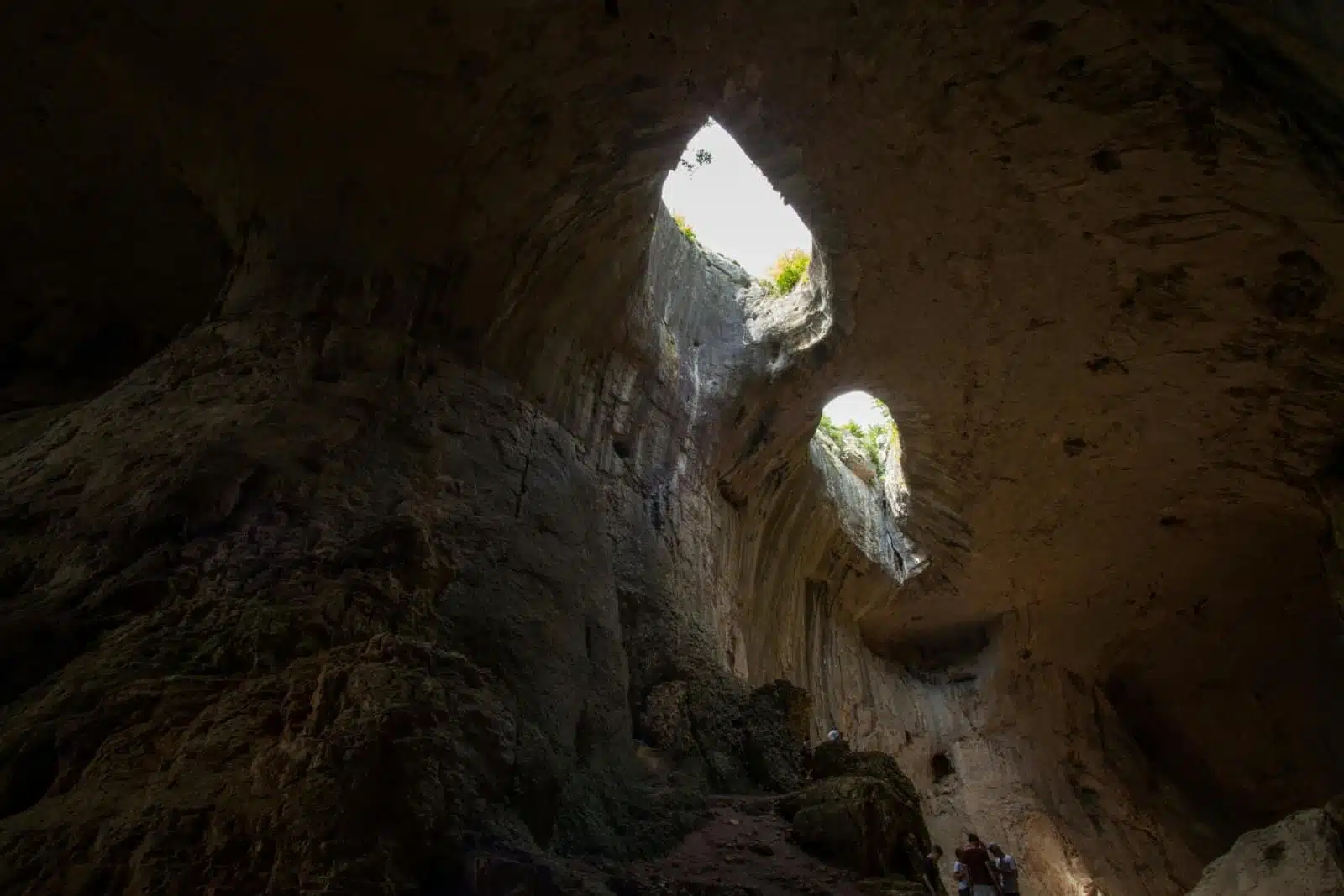
Image Credit: Pexels / Rainer Eck
Veryovkina Cave, another jewel in the crown of Abkhazia’s Arabika Massif, has been explored to 2,212 meters (7,257 feet), making it one of the world’s deepest caves. Discovered in 1968 but only extensively explored in recent decades, Veryovkina offers a unique glimpse into the vertical world. The cave features a series of vertical pits, narrow passages, and large halls adorned with stunning speleothems that tell the story of the Earth’s geological past.
Insider’s Tip: Waterproof equipment is a must. The cave’s environment is notoriously wet, with several sections requiring navigation through water-filled passages. Ensuring your gear is waterproof will keep you dry and warm throughout the expedition.
When to Travel: The best period to explore Veryovkina Cave is from late July to early October, when conditions are driest, reducing the risk of encountering water obstacles in the cave’s deeper sections.
How to Get There: Travelers should fly into Tbilisi, Georgia, and then make their way to the Arabika Massif. The approach to Veryovkina Cave involves a trek through rugged terrain, requiring good physical condition and proper hiking gear.
4. Lamprechtsofen Cave, Austria
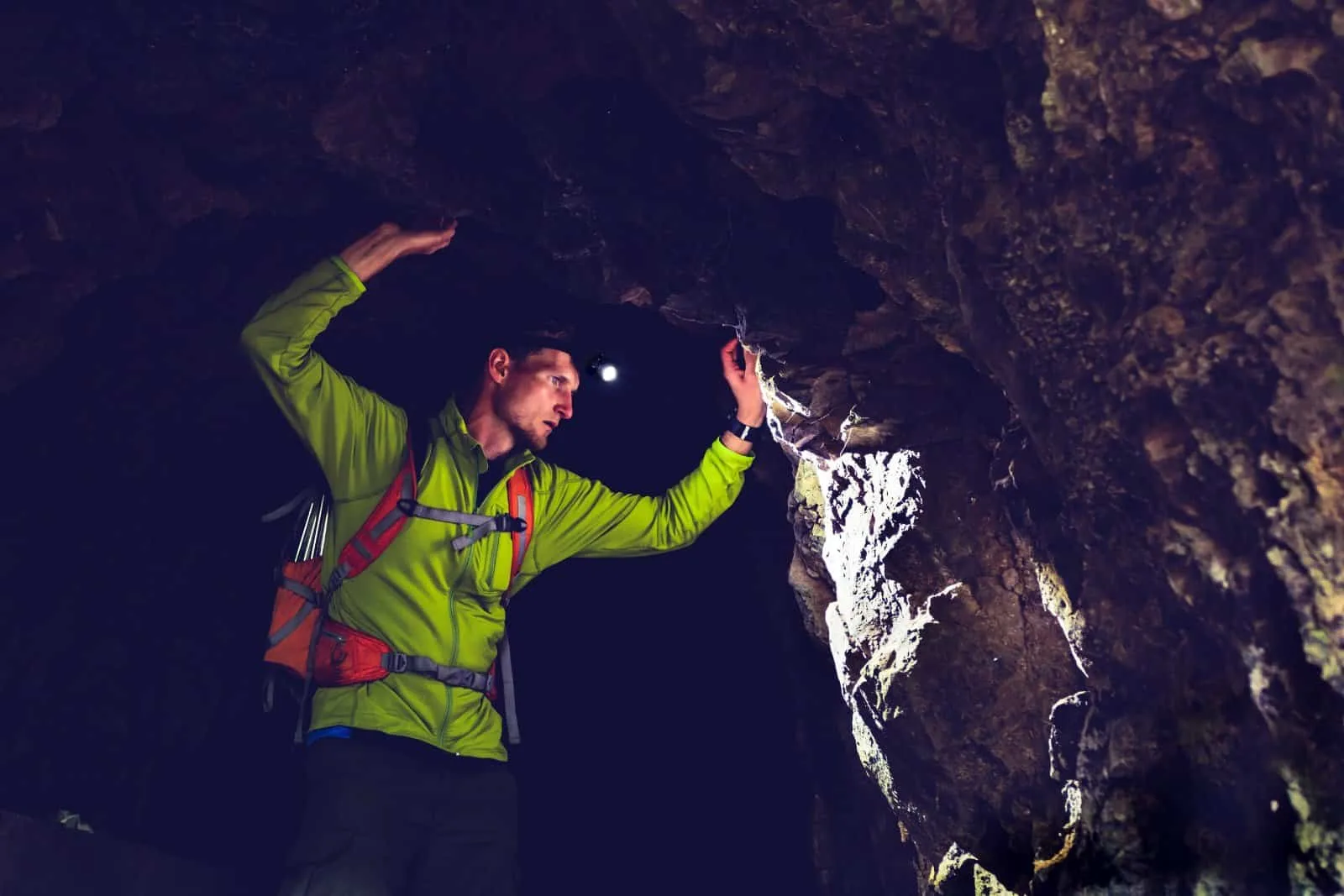
Image Credit: Shutterstock / Blazej Lyjak
Lamprechtsofen, located in the Leogang Mountains of Austria, is one of the longest and deepest cave systems in the world, with explored sections reaching depths of 1,632 meters (5,354 feet). This vast limestone cave system is renowned for its enormous passages and chambers, some large enough to house entire buildings. The cave’s accessibility to the public in its upper sections offers a rare opportunity for less experienced cavers to witness the majesty of deep cave exploration.
Insider’s Tip: For those not ready to venture into the depths, the cave offers guided tours in its upper sections, providing a safe and informative introduction to the world of caving.
When to Travel: From June to August, summer months offer the most favorable conditions for visiting Lamprechtsofen, with warmer temperatures and less precipitation.
How to Get There: Lamprechtsofen is accessible by car from Salzburg, Austria. The journey takes approximately one hour, leading directly to the cave’s entrance, where parking and visitor facilities are available.
5. Sistema Huautla, Mexico
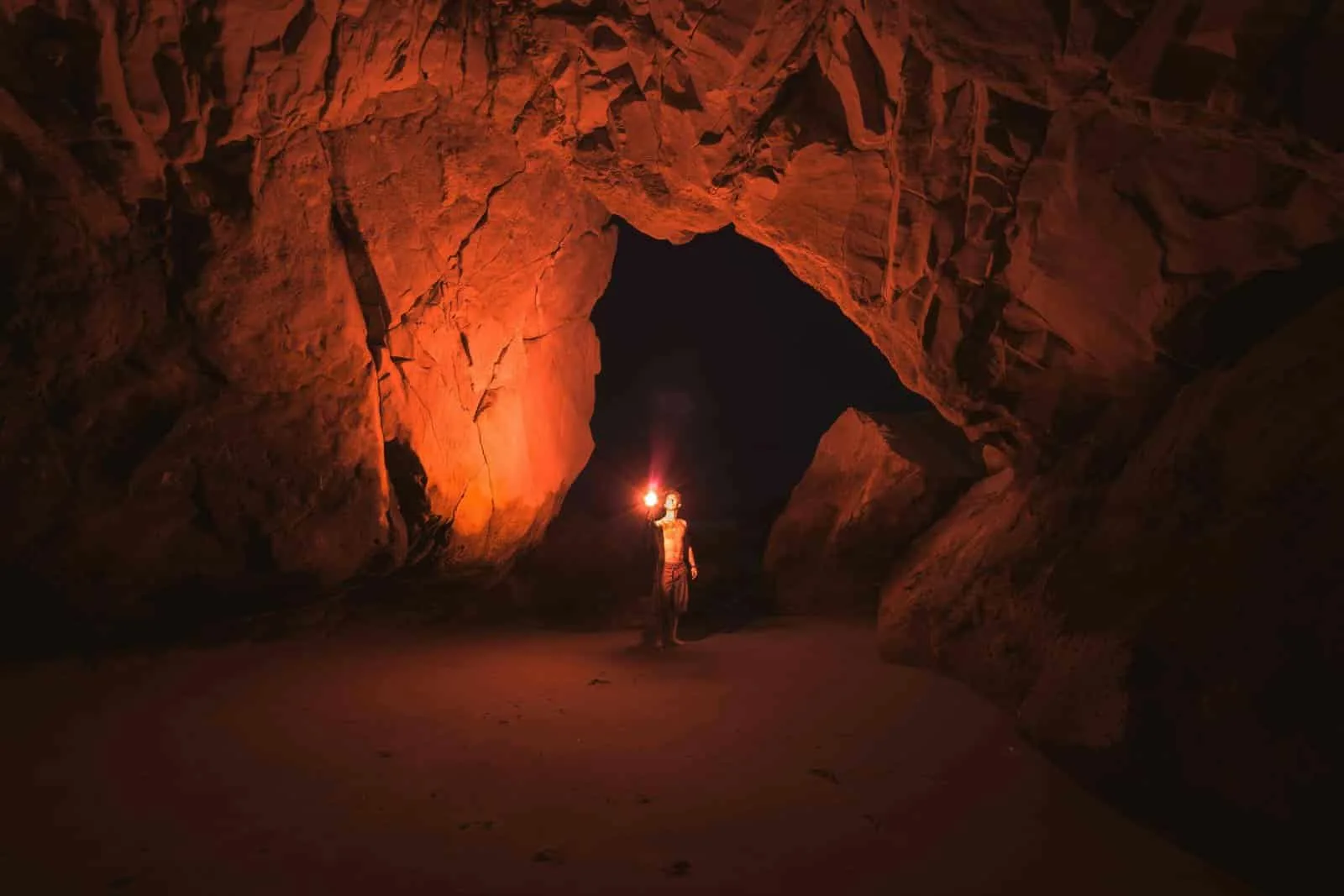
Image Credit: Pexels / Jeremy Bishop
Sistema Huautla, nestled in the rugged Sierra Mazateca of Oaxaca, Mexico, is a huge challenge for speleologists and adventurers, boasting over 90 kilometers of mapped passages and a depth exceeding 1,560 meters. This cave system, discovered in the 1960s, has captivated explorers with its vast network of underground rivers, deep pits, and colossal chambers. Exploring Sistema Huautla is a a journey into the heart of Earth’s subterranean mysteries. The cave’s ecological significance is profound, housing unique biospheres and endemic species that have adapted to the dark, isolated environment. Speleologists have dedicated decades to mapping its extensive network, yet much remains unexplored, hinting at the possibility of undiscovered passages and ecosystems. The cave’s intricate formations, including stalactites, stalagmites, and flowstones, offer a glimpse into geological processes spanning millions of years.
Insider’s Tip: Prepare rigorously for the expedition, focusing on physical fitness and caving techniques. Joining a guided tour or expedition with experienced cavers familiar with Sistema Huautla’s challenges is crucial for safety and a rewarding experience.
When to Travel: From November to April, the dry season offers the safest conditions for exploring Sistema Huautla, as lower water levels reduce the risk of flooding within the cave system.
How to Get There: The nearest major city is Oaxaca City, from where you can drive or take a bus to the town of Huautla de Jiménez. From there, access to the cave system requires a guide and specialized equipment.
6. Mulu Caves, Malaysia
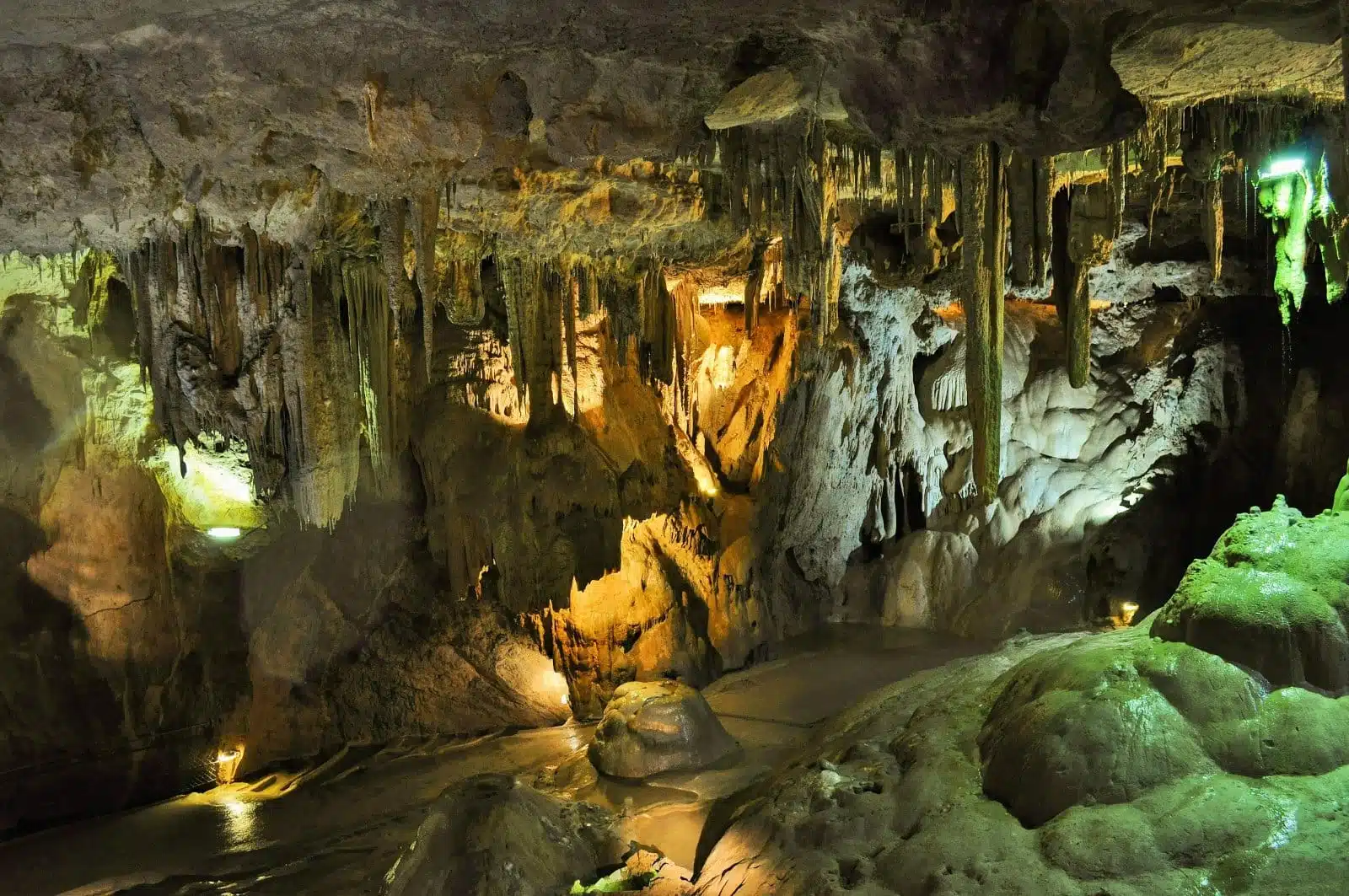
Image Credit: Pexels / Skitterphoto
The Mulu Caves, located within Gunung Mulu National Park in Malaysian Borneo, represent one of the most spectacular cave systems in the world. This UNESCO World Heritage site is renowned for its biodiversity, stunning karst formations, and colossal cave chambers, including Sarawak Chamber, one of the largest by volume on Earth. The park encompasses a variety of cave types, from show caves with easy access to the more challenging adventure caves, offering something for every level of explorer. The Clearwater Cave system, with its extensive network of rivers and springs, is another highlight, showcasing the dynamic relationship between water and limestone in shaping the landscape. The exploration of Mulu Caves is as much an ecological adventure as it is a physical one, with the surrounding rainforest teeming with life, including endemic species and rare flora. The caves are home to millions of bats and swiftlets, whose daily exodus at dusk is a natural spectacle.
Insider’s Tip: While some caves are accessible to casual tourists, the more adventurous expeditions require high fitness and caving expertise. Booking a guided tour through the park’s management is recommended to ensure a safe and informative experience.
When to Travel: The dry season from June to September is the best time to visit, offering more predictable weather conditions and lower water levels in the caves.
How to Get There: The nearest major town is Miri, from where you can take a short flight to Mulu Airport. The park is a short drive from the airport, with various accommodation options available within or near the park boundaries.
7. Eisriesenwelt Ice Cave, Austria
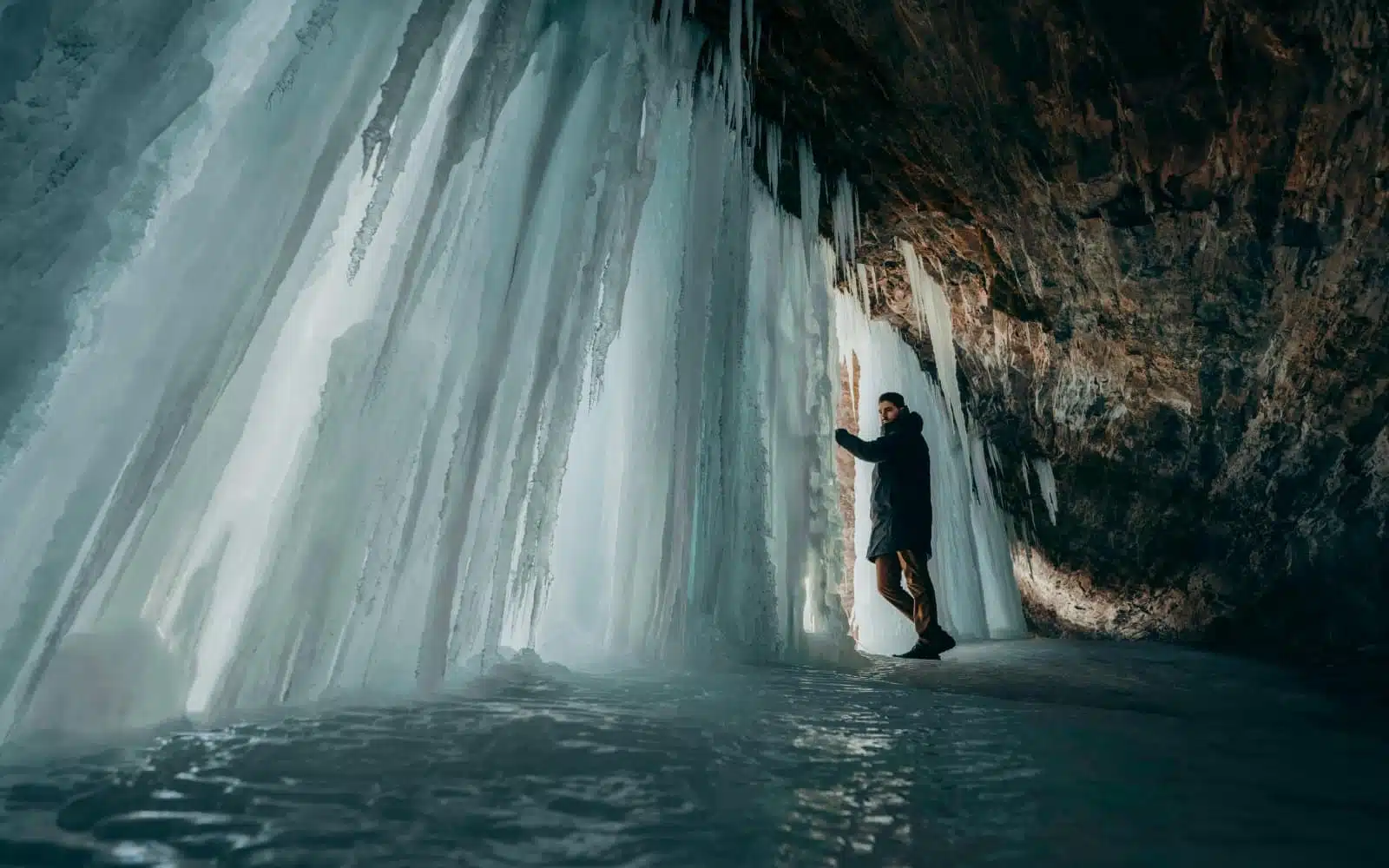
Image Credit: Pexels / Daniel Battersby
Eisriesenwelt, located in the heart of the Austrian Alps near Werfen, is the world’s largest ice cave, extending over 42 kilometers. This natural wonder is a frozen realm, with its interior adorned by ice formations sculpted over millennia by wind and water. The cave’s main attractions include towering ice stalagmites and stalactites, vast halls of ice, and ethereal ice palaces, creating an otherworldly landscape. The temperature inside Eisriesenwelt remains below freezing year-round, preserving its icy features. Tours of the cave offer insights into its formation, the science behind its ice sculptures, and the history of its exploration. Despite its chilly interior, Eisriesenwelt attracts thousands of visitors each year, drawn by the beauty and mystery of its frozen chambers. The cave is also a site of scientific interest, providing valuable data on climate change and the alpine environment.
Insider’s Tip: Wear warm clothing and sturdy footwear, as temperatures inside the cave are perpetually cold, and the ground can be slippery. Photography inside the cave is not allowed, so be prepared to capture the experience in your memory.
When to Travel: The cave is open to visitors from May to October, with the warmer months offering a more comfortable visit and easier access to the cave’s entrance.
How to Get There: Eisriesenwelt is accessible from Salzburg by car or public transport, with a journey time of approximately one hour to Werfen. From there, a combination of walking, cable car, and guided tour will take you into the heart of the ice cave.
8. Lechuguilla Cave, USA
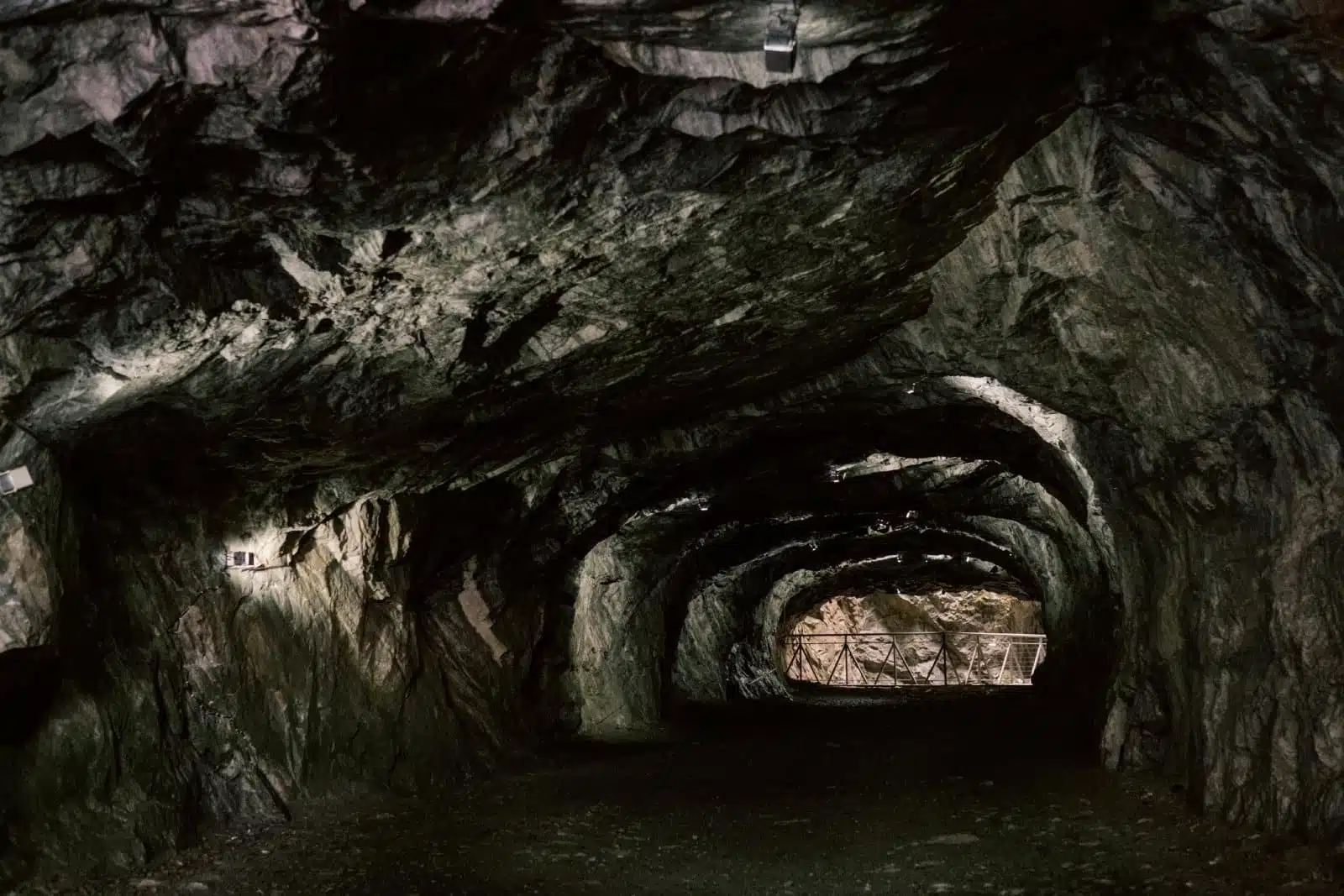
Image Credit: Pexels / cottonbro studio
Lechuguilla Cave, located in Carlsbad Caverns National Park, New Mexico, is one of the most significant subterranean finds of the 20th century. Discovered in 1986, it has since been explored to a depth of over 1,600 meters, making it the deepest cave in the United States. Lechuguilla offers an extraordinary array of geological formations, including rare speleothems not found anywhere else in the world, such as 6-meter-long gypsum chandeliers and sulfuric acid-carved dolomite formations. The cave’s pristine condition and unique mineralogy provide invaluable insights into geology, microbiology, and cave formation processes. Due to its fragile ecosystem and the scientific research being conducted, access is strictly limited to approved scientific expeditions. The cave’s isolation has preserved its features and ecosystems, making it a time capsule for researchers studying ancient microbial life and the evolution of cave systems.
Insider’s Tip: Given the restricted access, joining a scientific expedition or research project is the only way to explore Lechuguilla. Focus on building a relevant academic or exploratory resume to increase your chances of participation.
When to Travel: Access is not determined by season but by approval from the National Park Service and the cave research community, with expeditions typically planned years in advance.
How to Get There: Carlsbad Caverns National Park is accessible by car from Carlsbad, New Mexico. While you may not be able to enter Lechuguilla itself, visiting the park offers insights into the area’s speleological significance and beauty.
9. Gouffre Berger, France
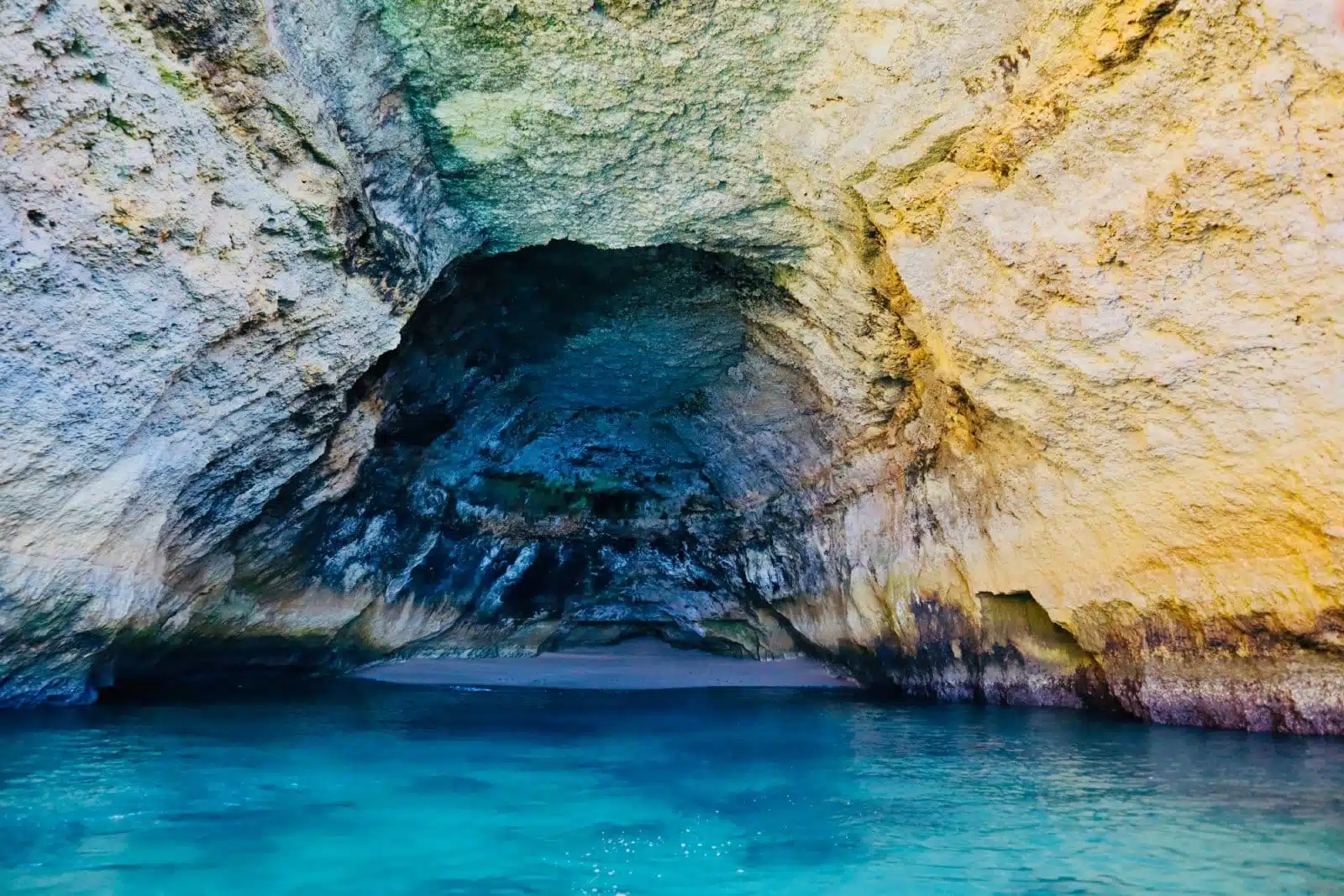
Image Credit: Pexels / Nikola Čedíková
Gouffre Berger, in the Vercors Massif of France, was the first cave in the world to be explored to a depth of more than 1,000 meters, making it a historic site in the world of speleology. Discovered in 1953, it has attracted adventurers and scientists with its challenging vertical drops, narrow passages, and stunning underground landscapes. The cave is known for its beautiful waterfalls, vast chambers, and series of sumps that challenge even the most experienced cavers. Gouffre Berger serves as a training ground for cavers worldwide, offering a mix of technical challenges and breathtaking natural beauty. The cave’s significance extends beyond its depth, contributing to our understanding of karst systems, hydrogeology, and cave meteorology. Despite its challenges, Gouffre Berger remains a popular destination for cavers, embodying the spirit of exploration and the pursuit of knowledge.
Insider’s Tip: Ensure you have advanced caving skills and are well-prepared for the cave’s cold water and potential for sudden flooding. Joining a club or group with experience in Gouffre Berger can provide essential support and guidance.
When to Travel: The best time to explore Gouffre Berger is during the summer months, from June to September, when water levels are typically lower, and the weather is more stable.
How to Get There: The closest major city is Grenoble, from which you can drive to the Vercors Massif. Access to the cave is typically arranged through caving clubs or organizations familiar with the area.
10. Cueva de los Verdes, Spain
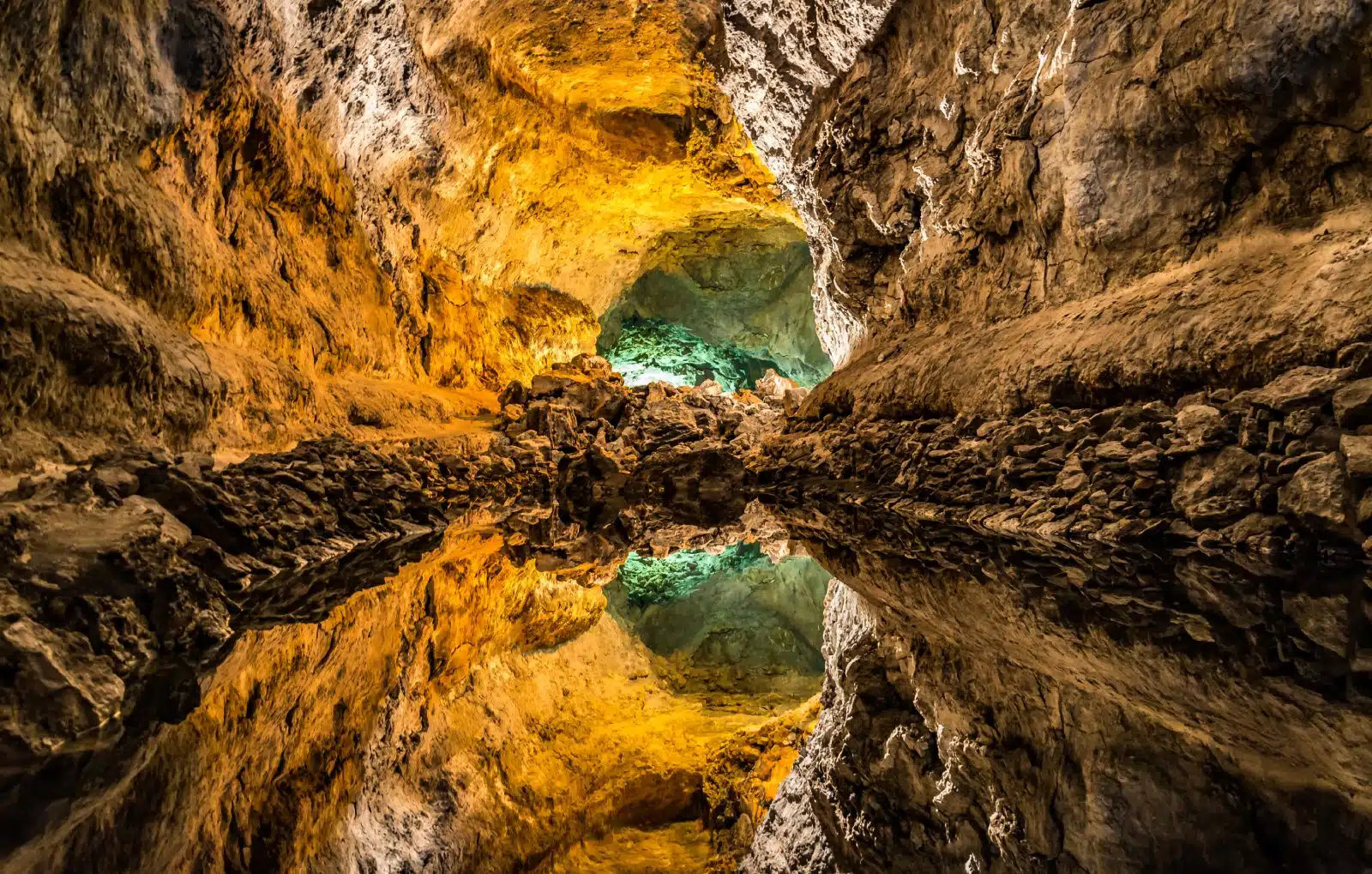
Image Credit: Shutterstock / Tomasz Czajkowski
Cueva de los Verdes, part of a monumental lava tube system in the northern part of Lanzarote, Canary Islands, Spain, offers a unique exploration experience distinct from the deep, vertical cave systems often associated with speleology. Formed around 3,000 years ago by volcanic flows from Monte Corona, the cave extends over 6 kilometers above sea level and includes an additional 1.5 kilometers below the sea. Unlike traditional caves formed by water erosion, Cueva de los Verdes was sculpted by molten lava, creating a network of tunnels and caverns with smooth walls and peculiar shapes. This cave is renowned for its geological significance and cultural impact, having served as a hideout from pirates and invaders in historical times. Today, it is part of a managed visitor attraction, with guided tours taking visitors through illuminated paths highlighting the cave’s natural beauty and acoustic properties. The cave also hosts a unique concert hall, showcasing its exceptional sound qualities.
Insider’s Tip: While the cave is accessible to the general public, joining a guided tour is mandatory. These tours offer valuable insights into the cave’s geological formation, history, and ecological significance. Wear comfortable walking shoes and bring a light jacket, as temperatures inside the cave can be cooler than the surface.
When to Travel: Cueva de los Verdes can be visited year-round, thanks to Lanzarote’s mild climate. However, visiting during the off-peak season (spring and autumn) can offer a more tranquil experience, avoiding the larger crowds of summer.
How to Get There: Lanzarote is well-connected by air with flights from mainland Spain and other European cities. Once on the island, Cueva de los Verdes is easily accessible by car or bus from Arrecife, the island’s capital. The cave is located near the town of Haría in the north, with clear signage directing visitors to the site.
The Bottom Line

Image Credit: Pexels / ArtHouse Studio
Exploring the world’s deepest caves is an endeavor that pushes the boundaries of human adventure and scientific discovery. It requires physical strength, technical skill, and a profound respect for the natural world and its mysteries. Whether you’re a seasoned caver or a curious newcomer, the depths of the Earth offer an unparalleled journey into the unknown. As you embark on this remarkable adventure, remember that the journey into the void is not just about reaching the bottom—it’s about the insights gained, the limits tested, and the indelible mark left upon your soul by the profound beauty and solitude of the underground world.
More From The Green Voyage
Top 10 Trending Travel Destinations 2024
6 Essential Banking Apps for International Travel – Managing Your Finances on the Go
Traveling With Kids – 10 Tips to Create Memorable Family Holidays
The post Exploring the 10 World’s Deepest Caves – Into the Void 2024 first appeared on The Green Voyage.
Featured Image Credit: Shutterstock / yongyut rukkachatsuwa.
For transparency, this content was partly developed with AI assistance and carefully curated by an experienced editor to be informative and ensure accuracy.
Tips for Trip Success
Book Your Flight
Find an inexpensive flight by using Kayak, a favorite of ours because it regularly returns less expensive flight options from a variety of airlines.
Book Your Hotel or Special Accommodation
We are big fans of Booking.com. We like their review system and photos. If we want to see more reviews and additional booking options, we go to Expedia.
You Need Travel Insurance!
Good travel insurance means having total peace of mind. Travel insurance protects you when your medical insurance often will not and better than what you get from your credit card. It will provide comprehensive coverage should you need medical treatment or return to the United States, compensation for trip interruption, baggage loss, and other situations.Find the Perfect Insurance Plan for Your Trip
